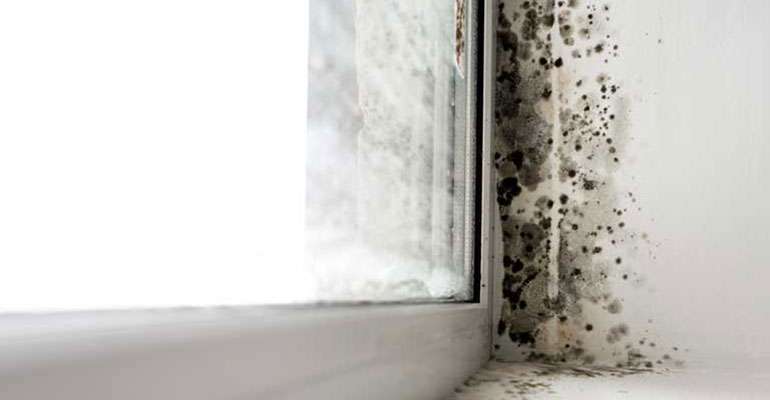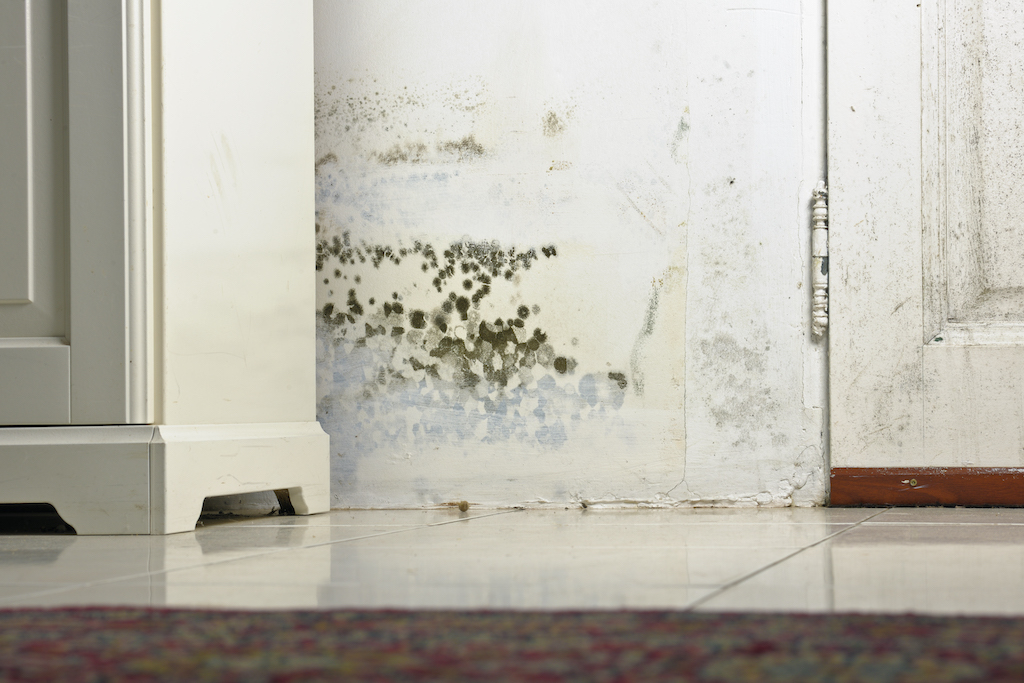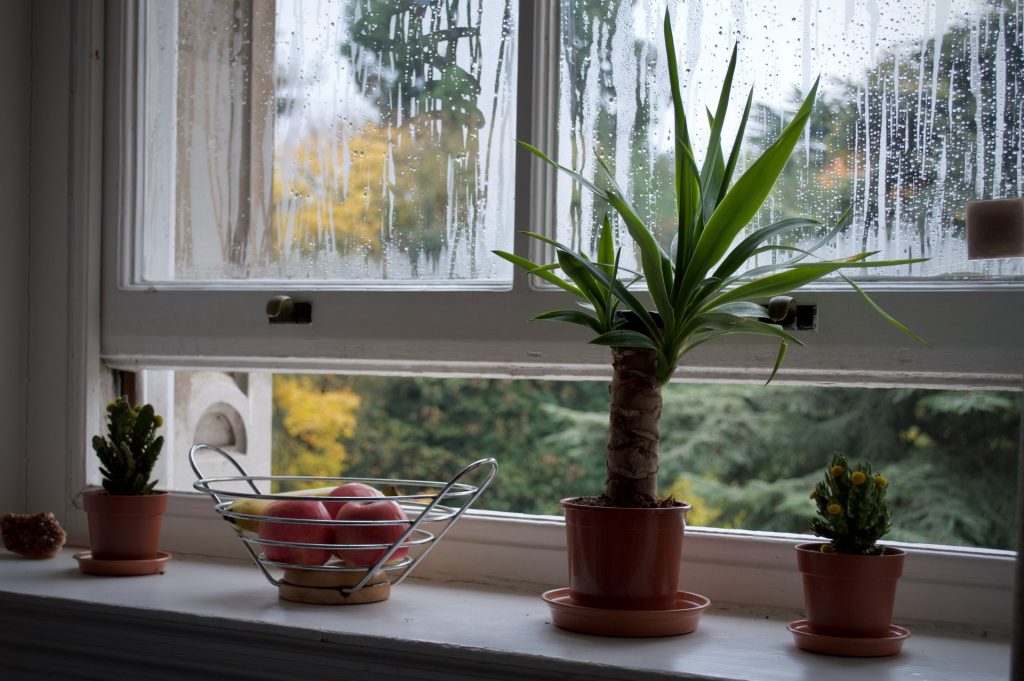
High Energy Bills
High Energy Bills You can significantly reduce your energy bills by making your home more energy efficient with Healthy Homes Tasmania Learn More High Energy
In the absence of a sewer problem, or a dead animal in the roof cavity, a musty smell is most likely more often than not mould.
Mould grows in the damp surfaces that are located around the home and emits microscopic spores that are carried in the air. That musty smell is sometimes referred to as “mould fart”. Mould does not have to be visible to be present indoors, it is generally smelt first before it is seen.
Mould does not have to be visible to be present indoors, it is generally smelt first before it is seen. Mould has the potential to create significant structural issues in the home and also impact health in significant ways.
Mould is a fungus, and as mould grows and spreads, certain gaseous chemicals are produced as byproducts of fungal metabolism. Although mould smells can vary, here are some o the most common characteristics
We always recommend to follow your nose when identifying if you have a mould problem. Alternatively give us a call to arrange your complimentary inspection and quote to solve any mould issues we may find.
The most common types of mould include aspergillus, cladosporium and stachybotrys atra (also known as black mould).


In addition to being unsightly and causing unpleasant odours, mould can cause health problems. Mould-related symptoms can include sneezing; itching skin; skin irritation; watery, itchy eyes; and headache.
The more extreme health issues related to mould growth could be respiratory issues, where you may struggle with breathing and regular occurrence of nose bleeds which may be generally unexplained.
If you experience any of these symptoms and suspect they may be related to mould in your home, you should take immediate steps to remove the mould.

High Energy Bills You can significantly reduce your energy bills by making your home more energy efficient with Healthy Homes Tasmania Learn More High Energy

Poor Insulation Does your house suffer from very cold rooms in Winter and very hot rooms in Summer? Keeping your home at the right temperature

Window Condensation Window condensation is the most obvious example of a damp home. At night glass panels are colder than the air, which results in
Please complete the form below and we will be in touch to confirm a time to meet.
Receive our regular updates and reminders that will help you maintain a Healthy Home